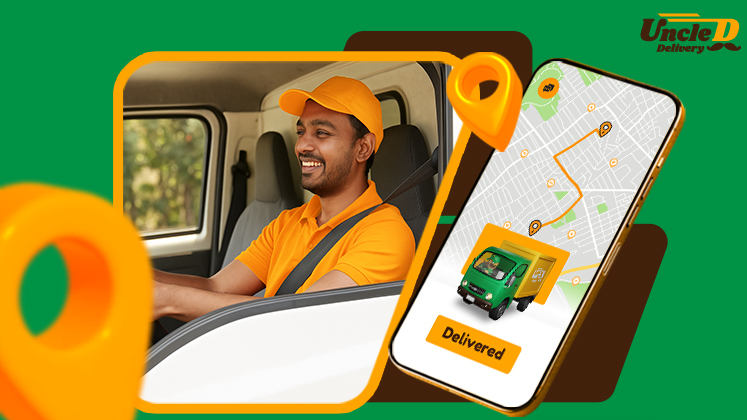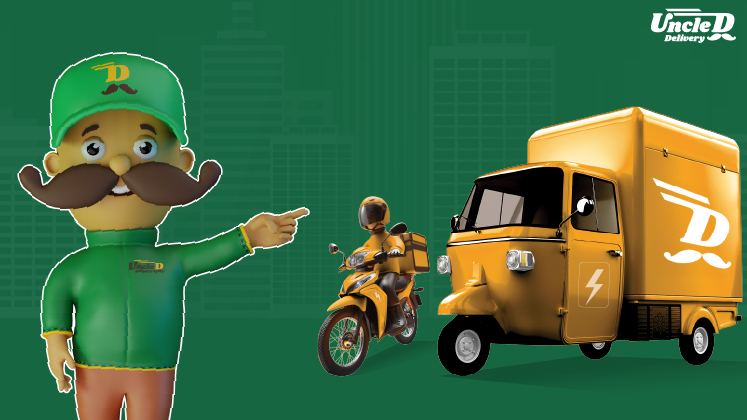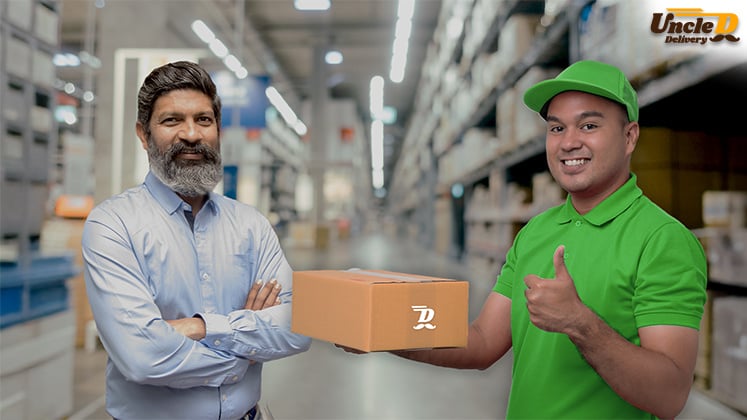What Businesses Need to Know About Intra-City Logistics in 2025
Intra-city logistics has come a long way in recent years. What used to be a relatively straightforward task of moving goods within a city has now become a complex and fast-moving operation. With rising customer expectations, urban growth, and increased reliance on technology, businesses need to rethink how they handle deliveries and inventory within city limits.
From local bakeries delivering fresh bread to e-commerce companies fulfilling same-day orders, intra-city logistics now plays a major role in shaping customer experience. It is not just about speed. It is also about accuracy, reliability, and real-time visibility. Cities are getting denser and more regulated, which makes the task of moving goods from point A to point B more challenging than ever before.
For businesses in 2025, understanding the current landscape of intra-city logistics is essential. It is not just a back-end function anymore. It is a central piece of the customer journey. The better your logistics, the better your service, and the stronger your reputation.
The Demand for Hyperlocal Fulfillment
Urban consumers are no longer willing to wait days for delivery. They expect their orders to arrive within hours, sometimes even minutes. This shift has led to the rise of hyperlocal fulfillment, where businesses serve specific neighborhoods or zones within a city.
To meet this demand, companies are setting up local storage units, known as micro-warehouses or dark stores. These small hubs allow businesses to keep fast-moving items close to their end customers. By reducing the distance between inventory and the customer, companies can shorten delivery times and lower operational costs.
This model is particularly useful for restaurants, grocery stores, pharmacies, and other businesses that need to fulfill time-sensitive orders. Hyperlocal logistics is not a luxury anymore. It has become the standard for staying competitive in dense urban markets.
Real-Time Tracking and Route Optimization
City traffic is unpredictable. Accidents, road closures, or sudden weather changes can throw off even the best delivery plans. That is why businesses now rely on real-time tracking and smart route optimization tools to keep operations smooth and responsive.
Modern logistics platforms use GPS and artificial intelligence to suggest the fastest and most fuel-efficient routes. They also allow dispatchers to monitor fleet movements live, make on-the-fly adjustments, and inform customers of estimated arrival times.
For customers, this level of visibility builds trust. For businesses, it reduces delays, avoids unnecessary fuel costs, and helps drivers complete more deliveries in less time. Real-time insights also help in analyzing patterns over time, allowing companies to improve future logistics planning.
Sustainability in Urban Delivery
Sustainability is no longer optional. Cities around the world are introducing low-emission zones, fuel restrictions, and stricter parking regulations. In response, businesses are rethinking their urban delivery methods to reduce their environmental footprint.
Electric scooters, e-bikes, and compact electric vans are becoming common choices for intra-city delivery. These vehicles are ideal for short trips, are less polluting, and can access narrow lanes that larger vehicles cannot.
Some companies are also experimenting with grouped deliveries. Instead of sending out individual orders, multiple packages going to the same area are consolidated into one trip. This reduces both emissions and operational costs.
Consumers are becoming more aware of green practices, and businesses that offer eco-friendly delivery options are more likely to win customer loyalty.
Gig Economy and Flexible Fleets
The gig economy has transformed how deliveries are handled within cities. Instead of hiring full-time delivery staff, many businesses now work with freelance drivers who accept delivery tasks through mobile platforms.
This model offers flexibility. Businesses can scale up during peak hours or special events and scale down when demand is low. It is also cost-effective, since companies do not need to maintain a full fleet or manage idle drivers.
However, this flexibility comes with challenges. Gig workers may not always be available or consistent in quality. To maintain customer satisfaction, businesses often set standards, offer training, or use hybrid models where core deliveries are handled in-house and excess capacity is filled by gig workers.
Digital Integration with Business Tools
Intra-city logistics is most effective when it is well integrated with the rest of the business. In 2025, companies are connecting their logistics platforms with inventory management systems, e-commerce storefronts, and customer service tools.
When an order is placed online, it is automatically routed to the nearest fulfillment hub. Delivery agents are assigned based on location, traffic conditions, and workload. At the same time, customers receive SMS or email notifications with live tracking links.
This integration reduces human error, speeds up processing, and improves communication across departments. It also allows businesses to handle larger volumes without adding new staff or infrastructure.
Challenges withrban Infrastructure
Despite the advances in logistics technology, businesses still face real-world challenges in intra-city delivery. Road conditions, narrow streets, parking shortages, and building access issues can all affect delivery performance.
In cities with older infrastructure, delivery vehicles may struggle to reach certain areas. High-rise buildings may have strict entry protocols or limited loading zones. These issues are especially common during festival seasons or large public events when traffic is heavy and movement is restricted.
To work around this, some companies conduct delivery route mapping in advance and label areas that need special handling. Others assign experienced drivers to challenging routes or invest in compact delivery vehicles that can navigate tight spaces.
Rising Customer Expectations
Intra-city logistics is now closely tied to customer experience. A good delivery experience can build brand loyalty. A poor one can result in negative reviews, refund requests, and lost sales.
Customers expect fast delivery, real-time updates, courteous service, and intact packaging. They also expect businesses to resolve issues quickly if a delivery is delayed or missed.
Because of this, many companies are introducing feedback systems that allow customers to rate deliveries and report problems. This data helps businesses identify trends, reward good drivers, and fix recurring issues.
Customer experience is not just about the product anymore. It is also about how smoothly and professionally it arrives at the doorstep.
Planning for the Future
Intra-city logistics in 2025 is more demanding but also more rewarding. Businesses that invest in smart systems, flexible delivery models, and responsive customer support are seeing better margins and stronger customer relationships.
To keep up with this fast-moving space, businesses should regularly review their logistics performance, test new technologies, and listen to customer feedback. Partnering with reliable logistics providers or building in-house expertise can also help in navigating local challenges.
Success in intra-city logistics comes from being prepared, agile, and customer-focused. The right delivery strategy can set a business apart in a crowded marketplace.
Conclusion
The future of intra-city logistics is already here. From hyperlocal fulfillment to electric fleets and integrated tech platforms, businesses must embrace these changes to stay competitive. Urban customers are more informed and less patient, and logistics is often the first and last impression a brand makes. By focusing on speed, reliability, and sustainability, businesses can turn intra-city logistics into a true growth driver in 2025 and beyond.




Post a comment